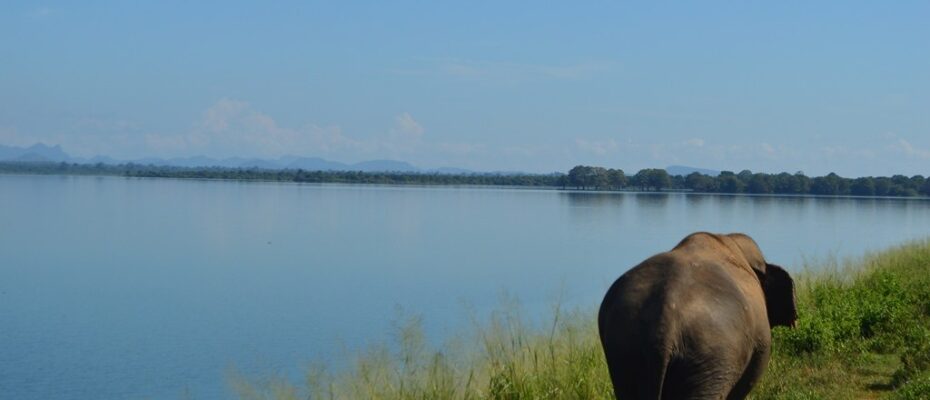
History of Udawalawe Park and the Reservoir
Udawalawe National Park, a jewel in Sri Lanka’s crown of natural wonders, boasts a unique origin story that is as fascinating as the wildlife it shelters. This sprawling expanse of grasslands, forests, and water bodies is a testament to human intervention that ultimately led to the creation of a thriving ecosystem. Usually these things end badly but here they managed to get a good result out of it.
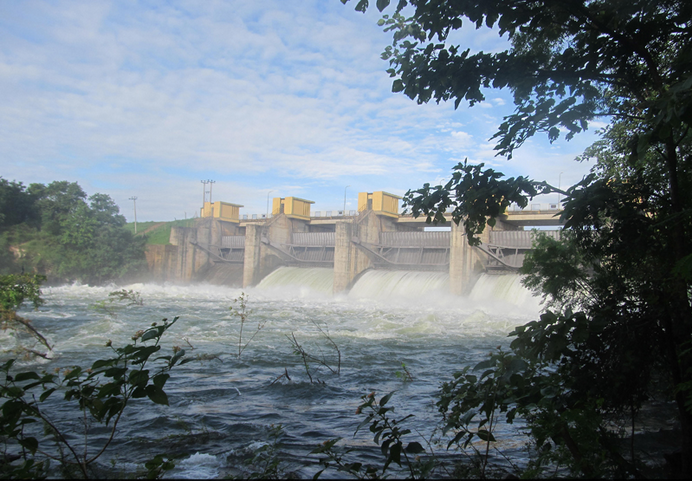
Before the park came into existence, the area was primarily used for shifting cultivation, a traditional agricultural practice that involves clearing land for a short period before abandoning it. While this method provided sustenance for local communities, it also led to deforestation and soil erosion. The delicate balance of the ecosystem was disrupted, affecting both humans and wildlife.
The turning point came in 1972 with the construction of the Udawalawe Reservoir on the Walawe River. This massive engineering feat was undertaken to provide irrigation and hydroelectric power to the country. However, it had an unintended consequence: it displaced countless animals from their natural habitat. Recognizing the plight of these creatures, the Sri Lankan government took a bold step. They established Udawalawe National Park on June 30, 1972, with the primary goal of providing a safe haven for the displaced wildlife.
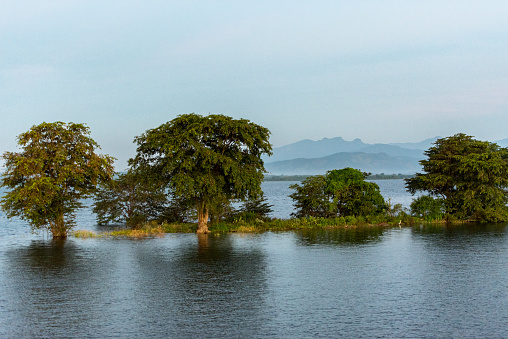
The park’s location, straddling the dry and wet zones of Sri Lanka, created a diverse landscape that proved to be ideal for a wide range of species. The open grasslands, interspersed with patches of forest and the expansive reservoir, offered a perfect habitat for elephants, leopards, sloth bears, and a myriad of birdlife. Over the years, the park has become a sanctuary not just for displaced animals but also for those that naturally migrated to the area.
The transformation of the land from deforested areas to a thriving ecosystem is a remarkable feat. It is a testament to the resilience of nature and the positive impact of human intervention when guided by conservation principles. The park’s success story is a beacon of hope, demonstrating that it is possible to restore damaged ecosystems and create harmonious coexistence between humans and wildlife.
Today, Udawalawe National Park is a major tourist attraction, drawing visitors from around the world who come to witness the wonders of the Sri Lankan wilderness. While tourism brings economic benefits to the region, it is essential to manage it sustainably to protect the park’s delicate balance. Strict regulations are in place to minimize disturbance to wildlife and preserve the park’s natural beauty.
The story of Udawalawe National Park is a reminder that human actions can have far-reaching consequences. It is also a testament to the power of conservation and the importance of creating protected areas for wildlife. As we continue to face environmental challenges, the lessons learned from Udawalawe can inspire us to find innovative solutions and work towards a sustainable future for our planet.

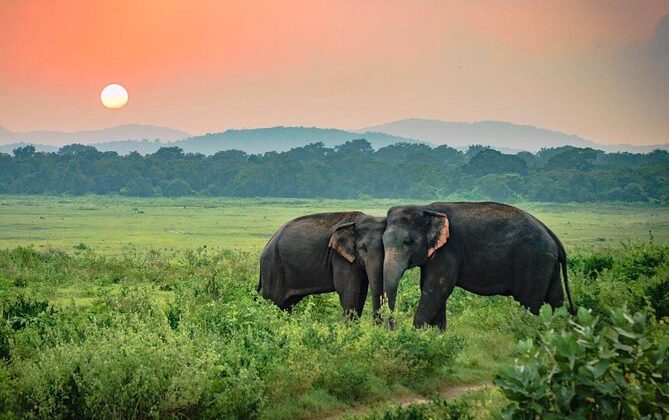

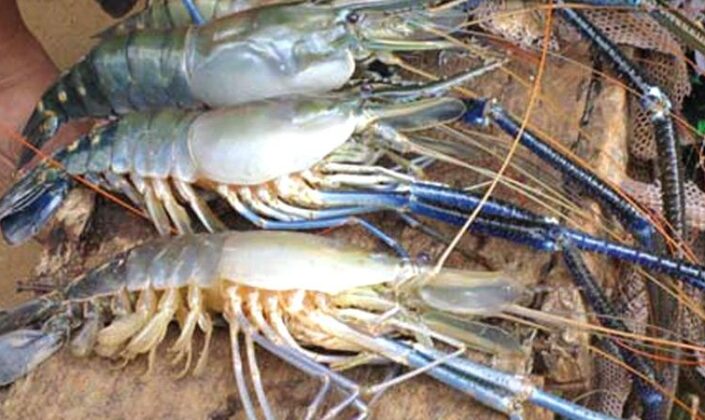


Leave a Reply